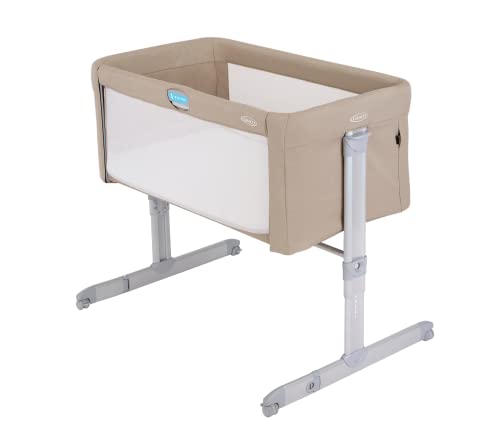
In recent years, the conversation around workplace flexibility and family-friendly policies has gained significant momentum. Two notable approaches that have emerged to support working parents are TOTS (Take Off Time for Service) and COTS (Cumulative Off Time for Service). These policies are designed to provide parents with the necessary time and resources to care for their children without compromising their professional commitments. This article delves into the details of these programs, their benefits, and how they are reshaping the childcare landscape in both the public and private sectors.
TOTS (Take Off Time for Service):TOTS is a policy that allows employees to take unpaid time off to care for their children or to engage in other family-related activities. This time is typically allocated in small increments, such as a few hours or days, and can be used flexibly to meet the immediate needs of the family. TOTS is particularly beneficial for parents who need to handle unexpected childcare issues, attend medical appointments, or participate in school activities.

COTS (Cumulative Off Time for Service):COTS, on the other hand, is a more structured approach that allows employees to accumulate a certain amount of time off over a specific period. This time can be used in larger blocks, making it suitable for parents who need extended leave for childcare or other significant family responsibilities. COTS is often used in conjunction with other leave policies, such as parental leave or sick leave, to provide a more comprehensive support system for employees.
Enhanced Work-Life Balance:
Increased Employee Retention:
Improved Productivity:
Positive Company Image:
Implementing TOTS and COTS involves clear communication and well-defined policies. Here are some steps organizations can take to ensure successful implementation:
Develop a Policy:
Communicate Effectively:
Monitor and Adjust:
While TOTS and COTS offer numerous benefits, there are also challenges and considerations that organizations must address:
Fairness and Consistency:
Financial Impact:
Legal Compliance:
Q: Who is eligible for TOTS and COTS?A: Eligibility criteria can vary depending on the organization, but typically, TOTS and COTS are available to all employees, with some policies requiring a minimum length of service. It’s important for organizations to clearly define who is eligible and under what conditions.
Q: How do employees request TOTS and COTS?A: The process for requesting time off should be clearly outlined in the policy. Generally, employees must submit a request in advance, providing a reason for the leave and the specific dates they need. Some organizations may require documentation, such as a doctor’s note or a school event invitation.
Q: Can TOTS and COTS be used for other family members?A: While TOTS and COTS are primarily designed for childcare, some organizations may allow employees to use this time for other family-related responsibilities, such as caring for elderly relatives or attending family events. The policy should specify the scope of eligible activities.
Q: Are TOTS and COTS paid or unpaid?A: TOTS is often unpaid, as it is designed to provide short-term, flexible leave. COTS, however, can be either paid or unpaid, depending on the organization’s policy and budget. Some companies may offer a combination of paid and unpaid time off.
Q: How can organizations ensure that TOTS and COTS do not lead to a decrease in productivity?A: Effective communication and planning are key. Organizations should encourage employees to request time off well in advance and work with their teams to ensure that the workload is managed smoothly. Additionally, managers should be trained to support employees during their leave and help them transition back to work seamlessly.
Case Study 1: Google’s Family Leave PolicyGoogle has long been a leader in employee benefits, including family leave. The company offers TOTS and COTS, allowing parents to take up to 18 weeks of paid leave following the birth or adoption of a child. This comprehensive policy has helped Google retain top talent and maintain a strong, supportive work environment.
Case Study 2: The City of New York’s TOTS ProgramThe City of New York implemented a TOTS program for its municipal employees, providing up to 30 days of unpaid leave per year for family-related activities. This policy has been particularly beneficial for working parents who need to handle unexpected childcare issues or attend school events. The program has been well-received and has contributed to a more engaged and satisfied workforce.
TOTS and COTS are powerful tools that can significantly enhance the work-life balance of employees, particularly those with young families. By providing flexible and cumulative time off, organizations can support their employees in managing their family responsibilities while maintaining a productive and loyal workforce. As more companies recognize the importance of family-friendly policies, TOTS and COTS are likely to become increasingly common, transforming the landscape of childcare and parental leave.
Implementing these policies requires careful planning, clear communication, and a commitment to fairness and consistency. However, the benefits—ranging from improved employee retention to enhanced company reputation—make TOTS and COTS well worth the effort. As organizations continue to evolve, policies like tots and Cots (www.cots4tots.co.uk) will play a crucial role in creating a more supportive and inclusive workplace for all.
No Data Found!

